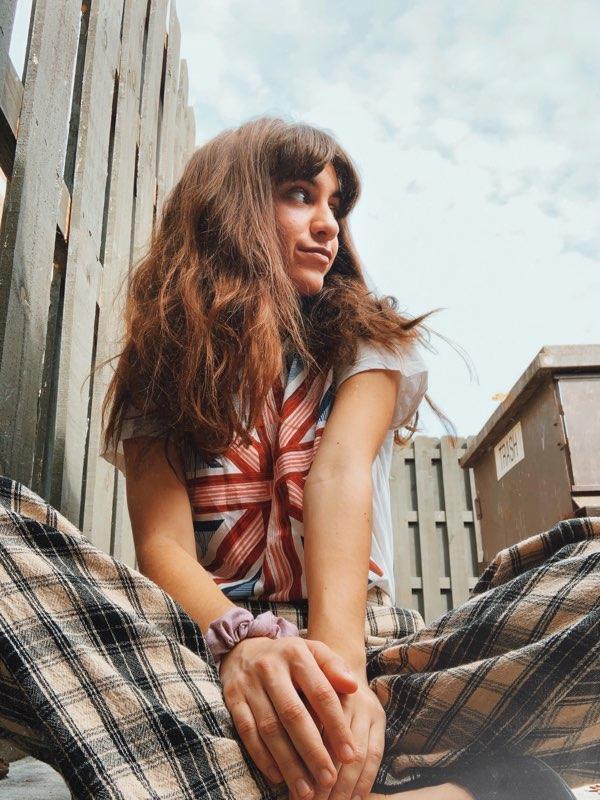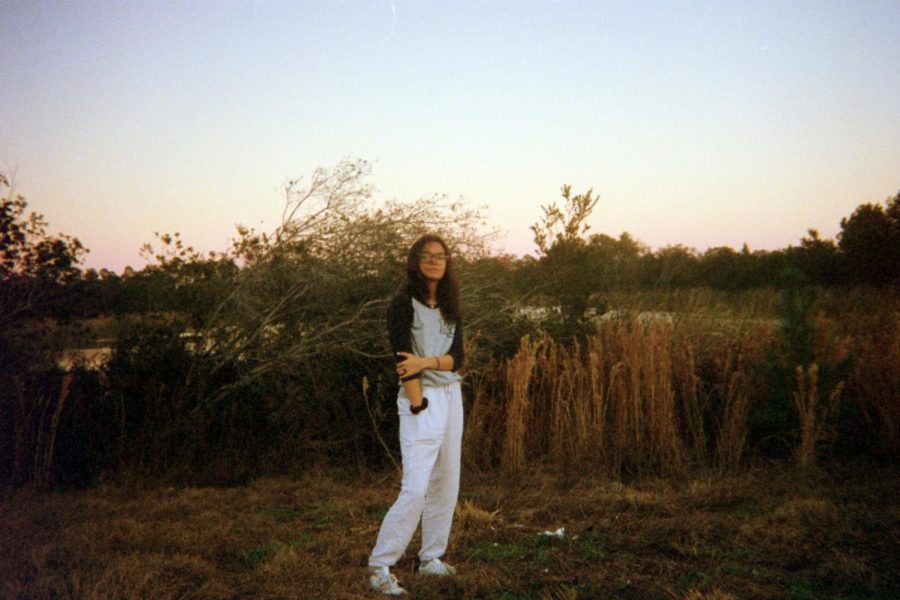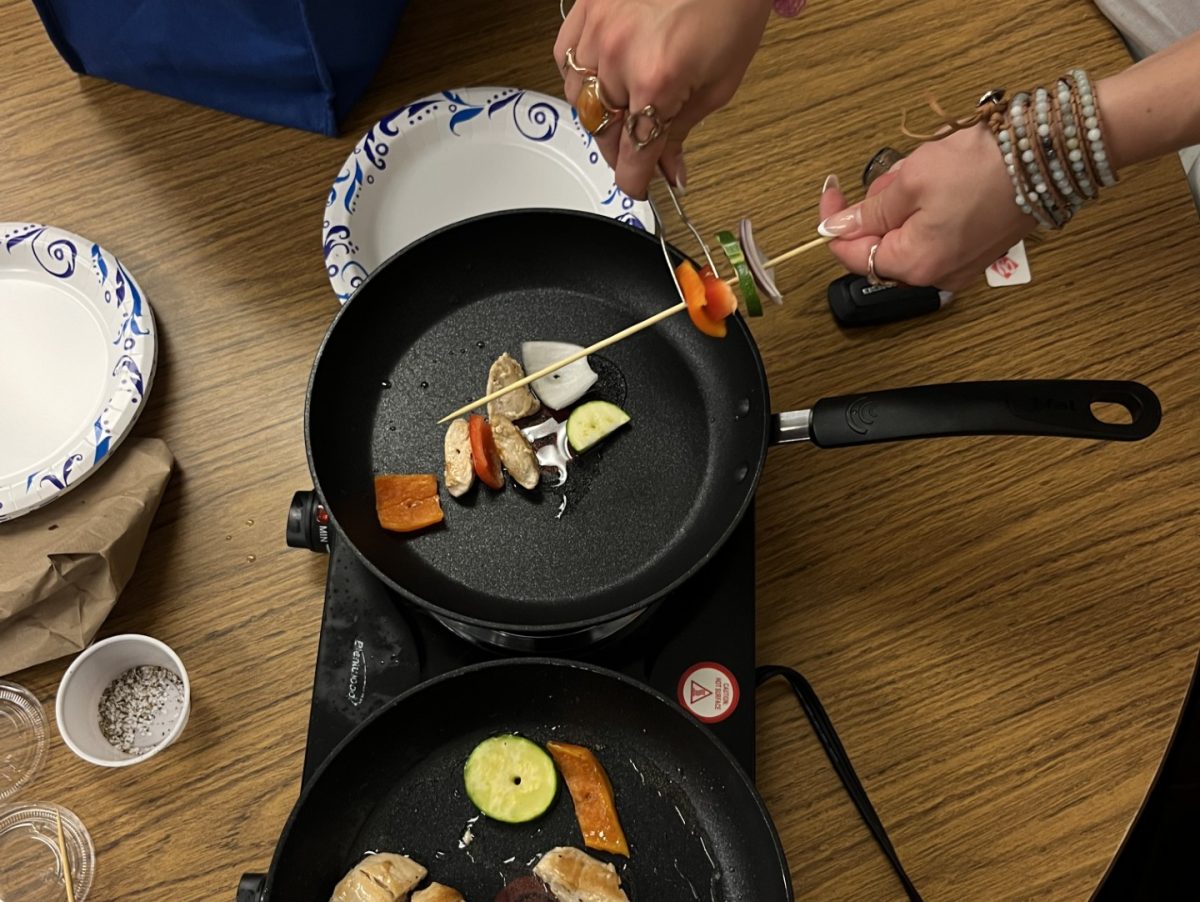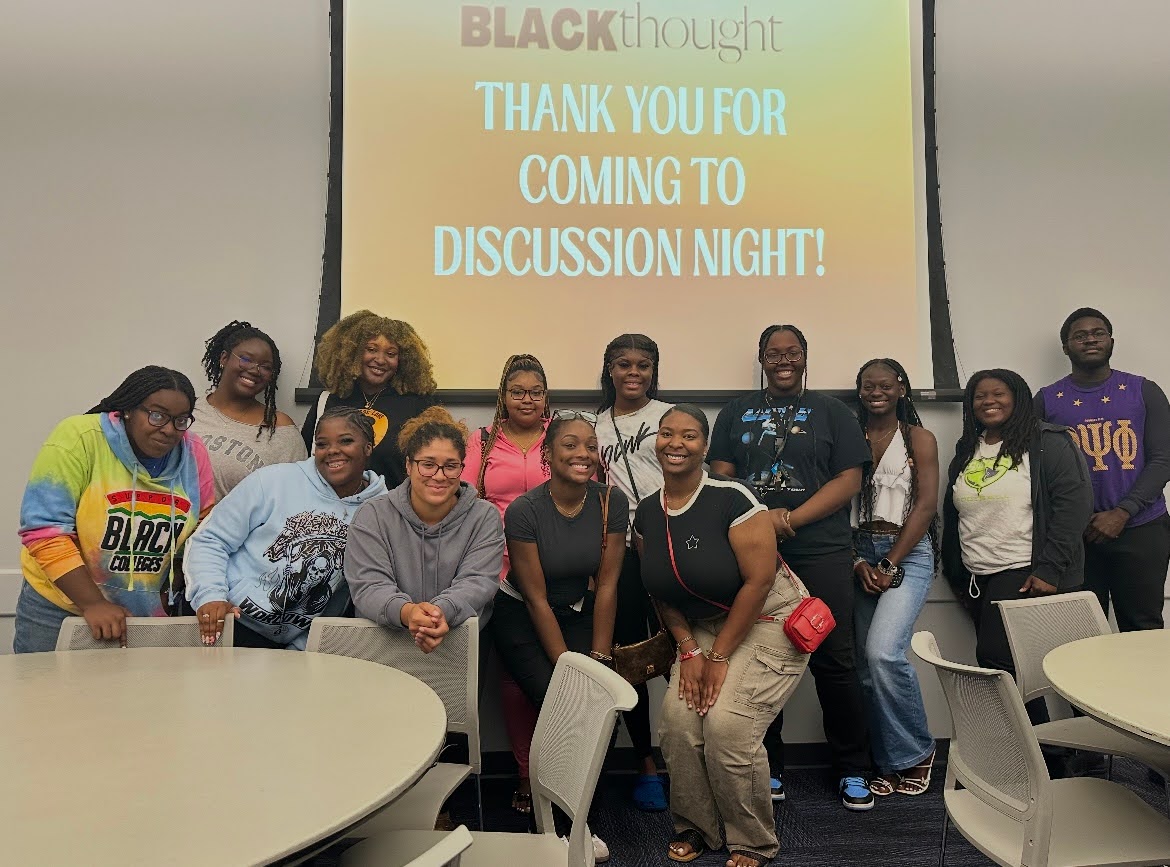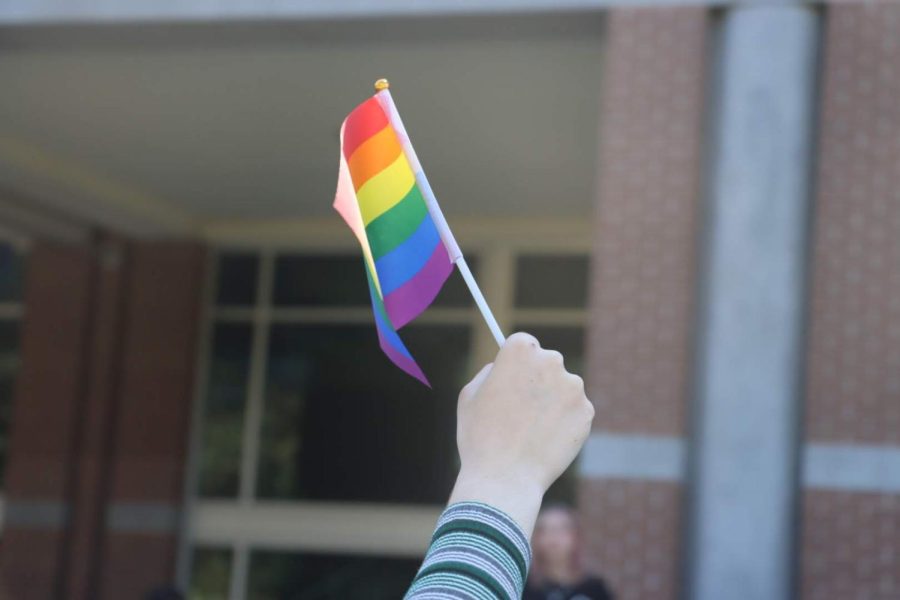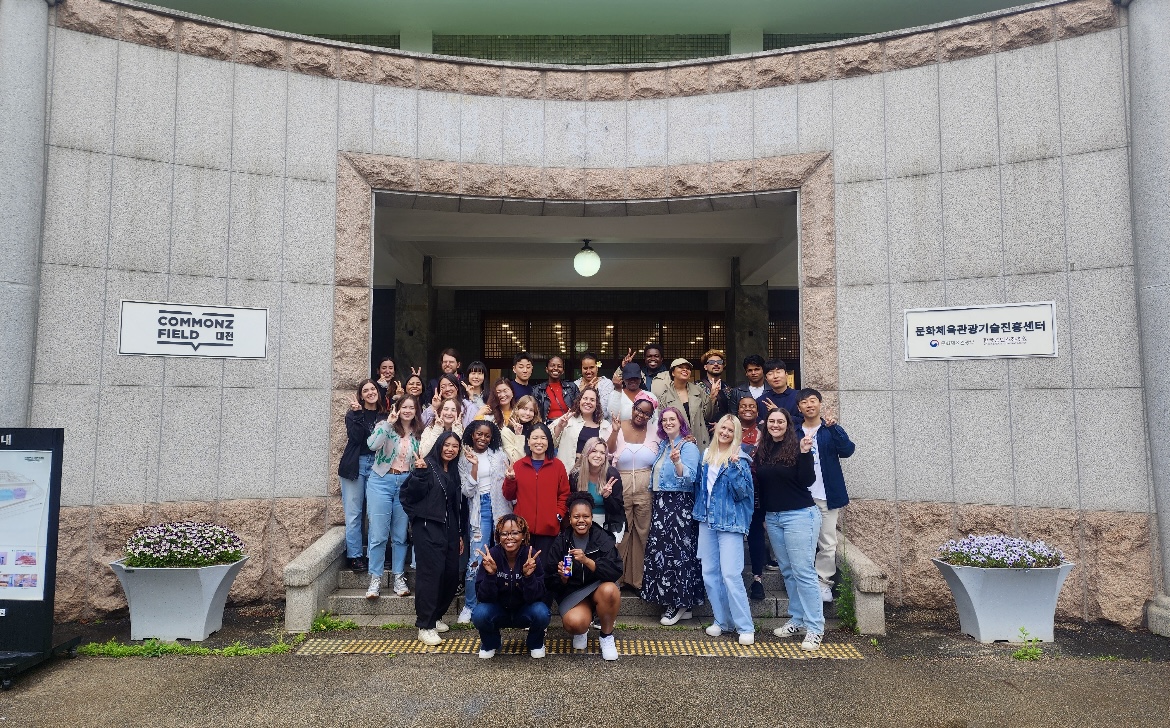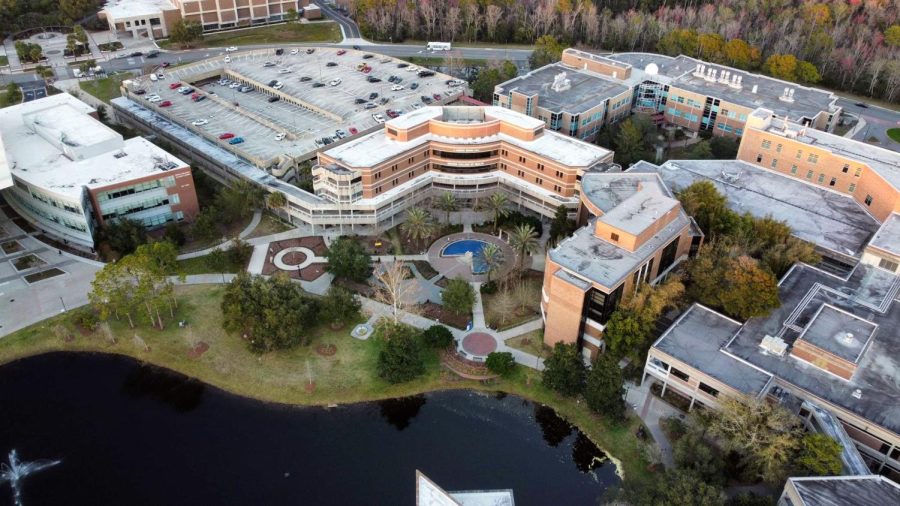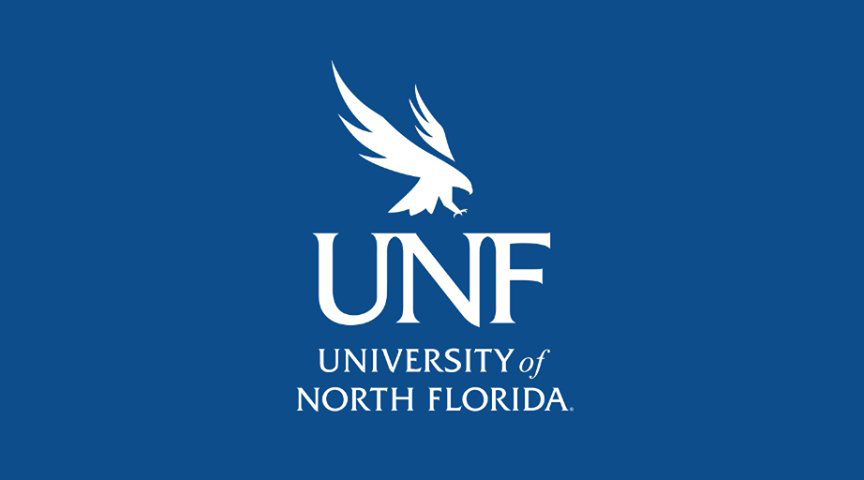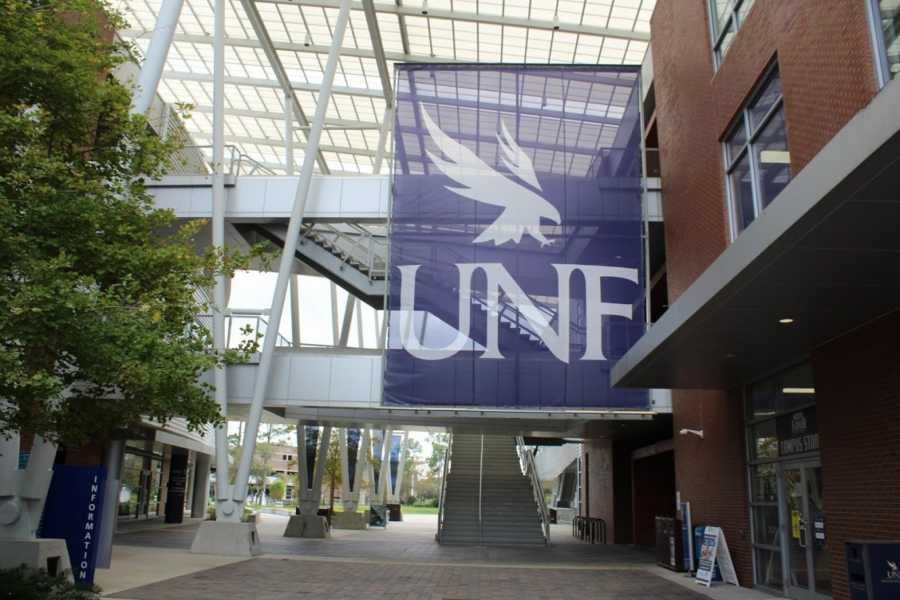Scientifically speaking, everyone is capable of creativity. Most people, whether they’re aware of it or not, are creative in little ways every day. But then there are people who are truly creatively-inclined. These are those who closely relate their identity to their work: their paintings, songs, drawings, poems, short stories, projects, etc. They are what you can call creative-minded individuals. For creatives, their work is a part of their identity and the process that goes into producing that work is even more intimately related to who they are and how they function.
The creative process is deeply personal and has been studied by neuroscientists all over the world. According to an article published by the Greater Good Science Center at UC Berkeley, these neuroscientists have found that perhaps one of the reasons why creativity is such a multi-faceted concept stems from the complexity of the human brain itself. No surprise there, because the brain is well-known for being anything but a simple organ. But what’s important to note in the breakdown of its creative capacity is how the cognitive systems within it communicate with each other.
When someone is creative, they’re employing more than one brain function simultaneously. Sounds like a lot of work, but they don’t even break a sweat. In their mind, they’re just following thoughts and ideas and making something of them. But what is really happening is much more advanced. Simply put, their emotions (both conscious and unconscious), and all of the other functions are working all together as a team to produce something unique. No two people can create the same content, product, song, painting or story. Because what someone creates is a very extension of what happens when their brain produces something from the functions that also make up their personality.
The process of creating is intense and unique to each person. When you’re an artist, the creative process is something you employ frequently. Some artists thrive in isolation, while some find their inspiration in being around other people. Some creatives tend to have a set process, while some are more spontaneous with when, where and how they prefer to work.
Public Relations Junior Carissa Marques is a blogger, podcaster, and has recently been chosen to fill the creative services director position at Spinnaker.
“I usually create in my personal space, whether that be my desk or the kitchen table. I like being somewhere I can spread out and listen to music,” Marques said.
She tends to work on projects based off of inspiration she finds around her, like conversations with friends, nature and music.
“I like listening to songs and then painting what they sound like to me or what I think they should look like,” Marques said. “Watching everyone else create is also very inspiring.”
Joel Roberson, an information technology management junior at UNF and frontman for the Jacksonville-based band Pastel Palms, also finds inspiration in the people and places he finds in his day-to-day life.
“I only actually write when inspiration comes to me naturally through interactions or conversations I have with my peers,” Roberson said. “Inspiration to me needs to be organic and not artificially bolstered.”
Not only does the creative process vary from person to person in their environment preference, but also in the medium that they prefer to work in. Some mediums are inherent to the art itself, but some are preferential (like writing on paper or a laptop).
Hannah Blythe is an anthropology senior at UNF, and is a writer. Blythe has been writing poems and short stories for as long as she can remember and finds that her creative process takes her to a notebook and a coffee shop most of the time (when it’s not found in one of Professor Mark Ari’s many creative writing workshops at UNF).
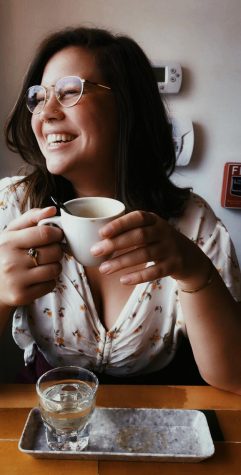
“I cannot have inspiration staring at a computer screen, for some reason it just won’t happen. There is something about dark ink on a dry, clean piece of paper,” Blythe said. “Then I will arrange the words into something that resembles a good piece. Then it goes into a GoogleDoc.”
The diversity in how creatives function begs the question: How is social distancing affecting their work? Regardless of whether artists are creating right now or not, their art will change because of this. Their creative process itself may also change with it.
Matilda Phan is an advertising junior at UNF and a local writer and musician. She employs as many outlets possible for her projects. Phan likes to use short films, poetry, music and illustration to share her ideas with the world.
“I tend to be very impulsive when it comes to creative stuff and I need a sudden spark to get me focused most times. Once those ideas start flowing, that’s when I create structure around it to allow those ideas to take form and not overwhelm me,” Phan said. “Since quarantine, I’ve tried to implement a schedule that keeps me from going off the rails. It’s extremely loose because I’ve discovered my work style is more sporadic than consistent. I’ll set aside afternoons to start/continue/complete any creative projects, so whatever I do feels a bit spontaneous. But structured enough to feel like I’m being stable in my routines.”
Isolation came at a strange time for her and her working process. Although she tends to favor the safety and intimacy of working on projects in her room, she had just been preparing herself to change that up a bit by collaborating with more local artists in the local community. Because of the stay-at-home orders, she’s had to find inspiration in new ways.
“It’s easier in some ways and harder in others. The isolation has forced me to be creative in order to cope with all these life changes,” Phan said. “It has also granted me so much time to focus on nurturing that part of myself without worrying about balancing work or school, since it’s more flexible. But, if I’m stuck inside all day, it’s easy for me to run out of things to write about that really mean anything. Sometimes that’s the point. To create for the sake of creating.”
Marques has also found her creativity growing in new ways during isolation.
“Since my creative process is sort of just ‘go with the flow,’ I feel like it’s pretty easy to continue while in isolation. I do miss being able to bounce ideas off of friends, but that’s what texting and facetime is for,” Marques said. “I think social distancing has actually helped my creativity! It has given me the opportunity to focus on dedicating time to creating.”
For others, there is bad with the good that comes from working alone. Roberson has found that collaborating with other artists (not to mention the other members in his band), which is a large part of making music, has been difficult to navigate while staying at home.
“It has both helped and hindered at the same time. On the one hand, cutting off most unnecessary social interaction has allowed me to not waste any time in working on music,” Roberson said. “However the lack of brand new social experiences has made it tough in order for me to perform at shows and network with other musicians.”
As for Blythe, she continues to write and develop her work in her room, but longs for the comfort of her coffee shops.
“I think in part it has helped. But man, do I wish I could sit in the brick walls of Bold Bean and people watch,” the writer said. “That has always helped me out of writing ruts in the past. Not to mention, I sure could go for an Iced Matcha. I also am more self conscious of my writing process now, because I am alone with my thoughts and my work.”
Social distancing is an entirely unique frontier. Society is in a learning period, where the waters are uncharted and the waves are big (and it seems like there’s sea monsters out there, too). Tricky cartography aside, people are continuing to move on in the ways that they can and discovering more about themselves and their work.
You can support local artists by reading, streaming, and following their work. You can find Carissa’s work here and here; Matilda’s work here; Hannah’s work here, here and here; and Joel’s work here, here and here.
__
For more information or news tips, or if you see an error in this story or have any compliments or concerns, contact editor@unfspinnaker.com.




